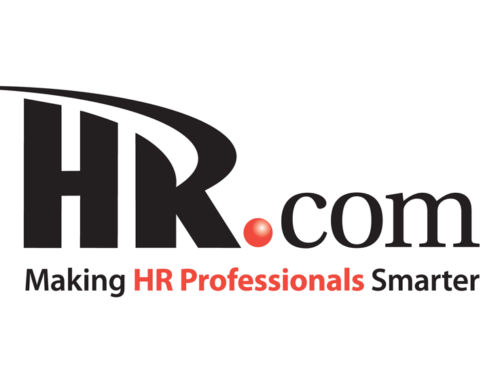Unlike other areas of an organization (such as operations and sales) which have a wealth of experience in tracking and analyzing data, Human Resource (HR) departments have historically lagged behind these other areas. Fortunately, there is an increasing number of HR analytic tools which now enable HR managers to not only track and record data more accurately, but to also allow them to apply analytics to data. The benefits of applying analytics to big data means HR departments are able to play key roles in the decision making process. Consequently, this allows HR to become strategic partners with other departments within an organization, in which their input is seen as a valuable. HR analytic tools enable departments to track anything from time-to-hire, to average recruitment budgeting costs.
The use of predictive analytic tools is changing the way in which organizations work with big data, thus enabling companies to employ a forward thinking strategy. Predictive analysis uses statistical models, enabling managers to identify current trends and to predict future trends. As a result, managers can develop both short and long-term strategies for areas such as recruitment, employee retention, and training. This form of analytics also helps HR departments to identify key characteristics of successful employees, the most cost effective methods of delivering training, annual assessments, and much more.
More importantly, predictive analysis enables HR managers to identify sources of potential risk with predictive retention modeling tools, helping departments to identify the reason for high employee absence as well as resignation trends. This is all done in order to implement preventative strategies within the workplace as well as mitigate absence related costs. This form of analytics provides more detailed analysis of data, which helps managers to not only understand what is happening within the organization but also why. When applied to areas such as an analysis of high employee turnover, this understanding can be imperative in preventing future employee loss, potentially saving the company thousands of dollars.
One of the greatest driving forces behind the use of predictive analysis is the accessibility of HR specific dashboard and analytic tools. Historically, analytics had been difficult with respect to data being held on multiple separate systems, which made it difficult to integrate and compare. Today there are a wide variety of analytic tools such as HRIS dashboards which integrate data from payroll, time/attendance and benefit systems, and which includes historical and current data. Tools such as these allow for motion and predictive analysis of data, viewing trends as well as tracking business patterns and developments. HR specific software solutions can also be integrated with organization wide data and third party data for a more comprehensive analysis. Ultimately, predictive analysis helps organizations to understand how to hire, retain and develop their workforce and, when combined with statistical modelling companies, can project possible future situations where the impact of these decisions can be seen before choosing which to implement.
